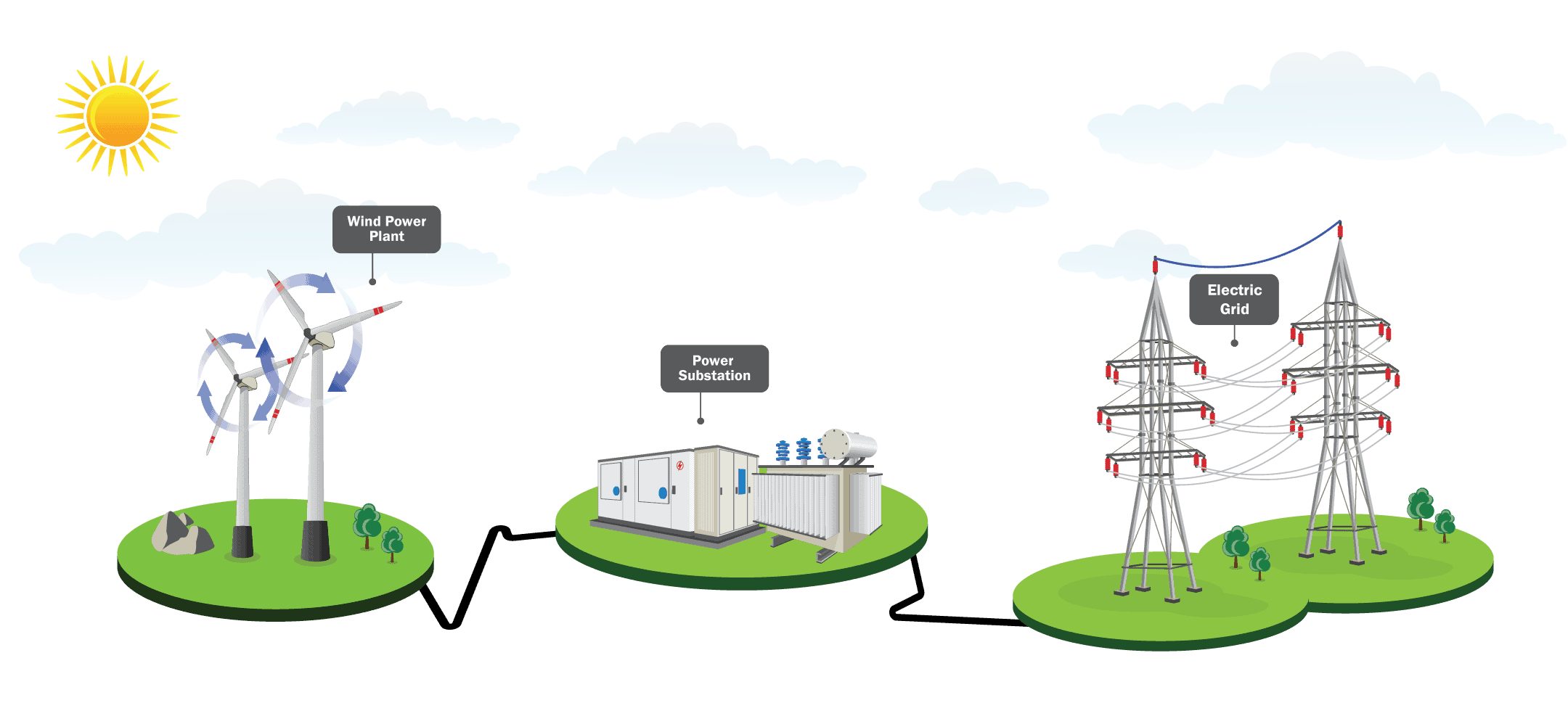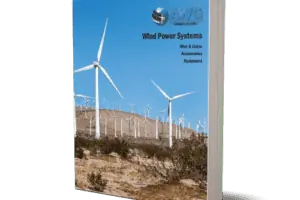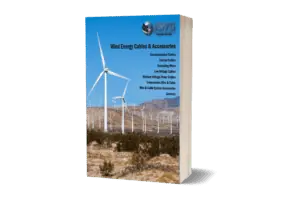Wiring Technology for Renewable Wind Energy
Turbines leverage power from the wind to provide clean, reliable energy. The renewable energy industry continues to grow and today the global wind power capacity sits at 743 gigawatts, according to the Global Wind Energy Council.




